Subphylum Vertebrata Suborder Serpentes Rank Species | Phylum Chordata Higher classification Gloydius | |
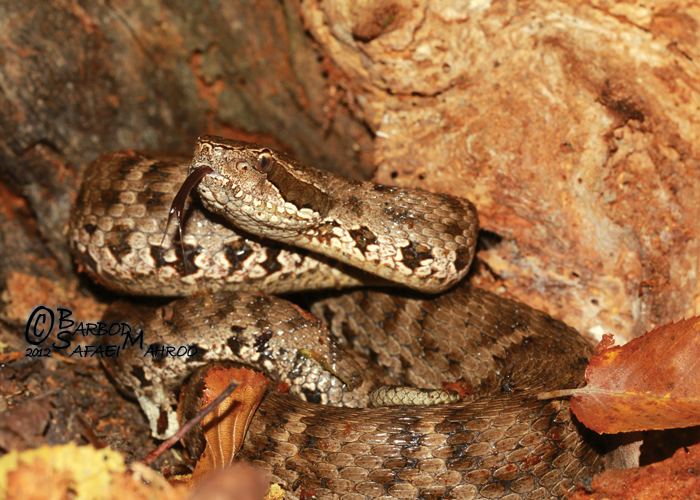 | ||
Similar Gloydius, Snake, Vipers, Reptile, Gloydius ussuriensis | ||
gloydius halys
Gloydius halys is a venomous pitviper species found within a wide range that stretches across Asia, from Russia, east of the Urals, eastwards through China. Five subspecies are currently recognized, including the nominotypical form described here.
Contents
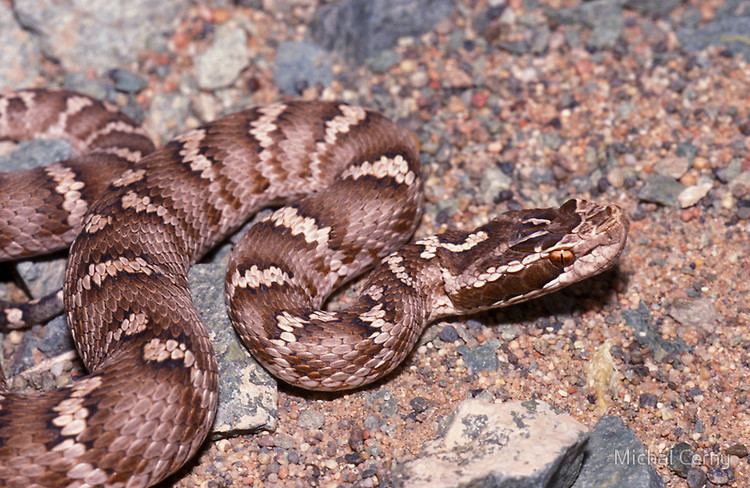
Gloydius halys mpg
Description
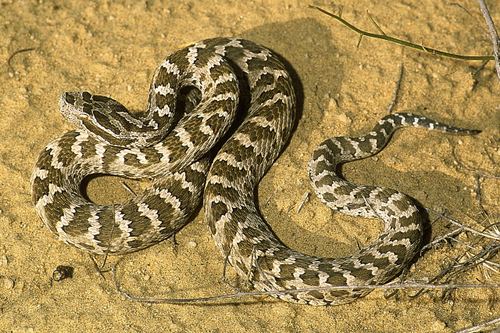
Grows to a maximum total length of 59 cm (23 in), which was for a female, with an included tail length of 68 mm (2.7 in). The largest male on record measured 53 cm (21 in) in total length, which included a tail length of 80 mm (3.1 in). The body build is described as moderately stout with a snout that is slightly upturned when viewed from the side.

Dorsally grayish, pale brown, reddish, or yellowish, with large dark spots or crossbars, the borders of which are serrated. One or two lateral series of smaller dark spots. A wide dark stripe behind the eye, bordered by light stripes both above and below. Ventrally whitish, speckled with gray or brown.
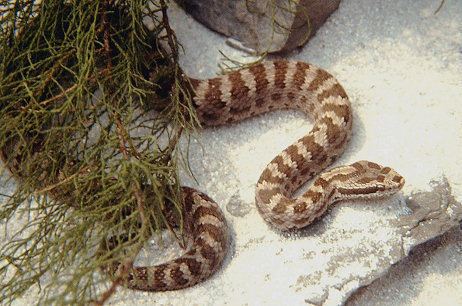
The strongly keeled dorsal scales are arranged in 23 rows at midbody. Ventrals 149-174; anal plate entire; subcaudals 31-44, divided (paired).
Common names
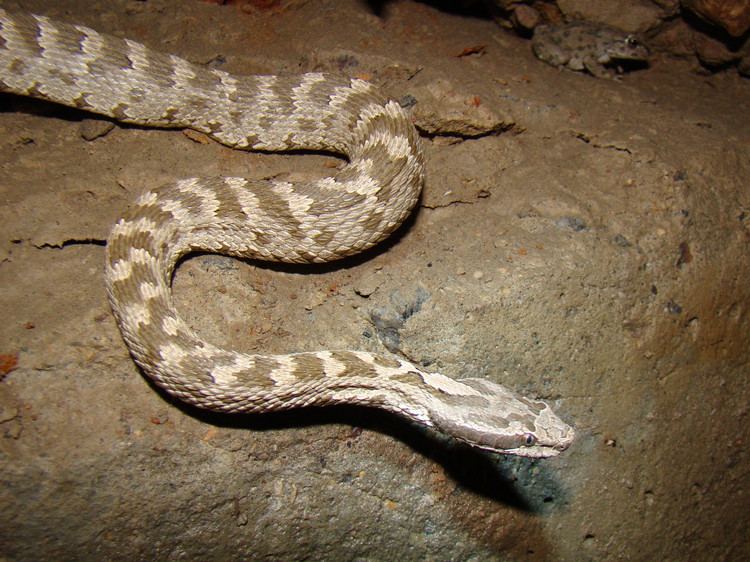
Siberian pit viper, Halys viper, Halys pit viper, Pallas' pit viper, Asiatic pit viper, Asiatic moccasin, shchitomordnik, Pallas' viper, Pallas pit viper, Korean pit viper, Mongolian pit viper.
Geographic range
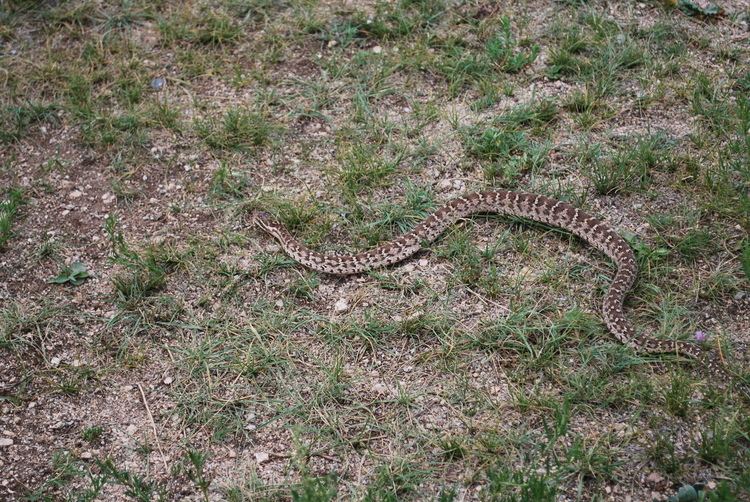
Found in Russia, east of the Ural Mountains through Siberia, Iran, Mongolia to northern and central China, as well as the southern Ryukyu Islands of Japan. According to Gloyd and Conant (1990), the type locality given is "Salt Lake near the Lugaskoi Sawod (factory) on the Upper Yenisey" (Siberia, Russia). Redefined by Bour (1993) as "Naryn or Ryn Peski desert, near the Russia-Kazakhstan border."
